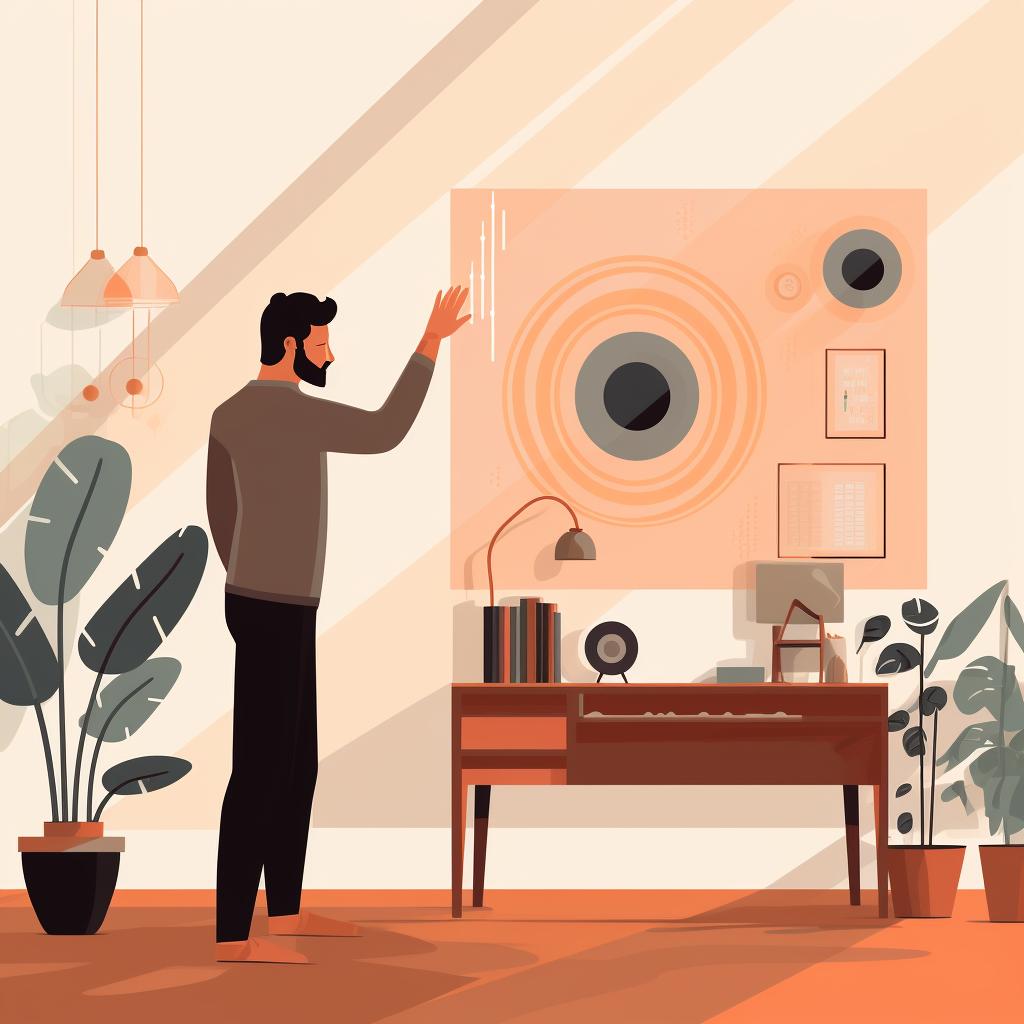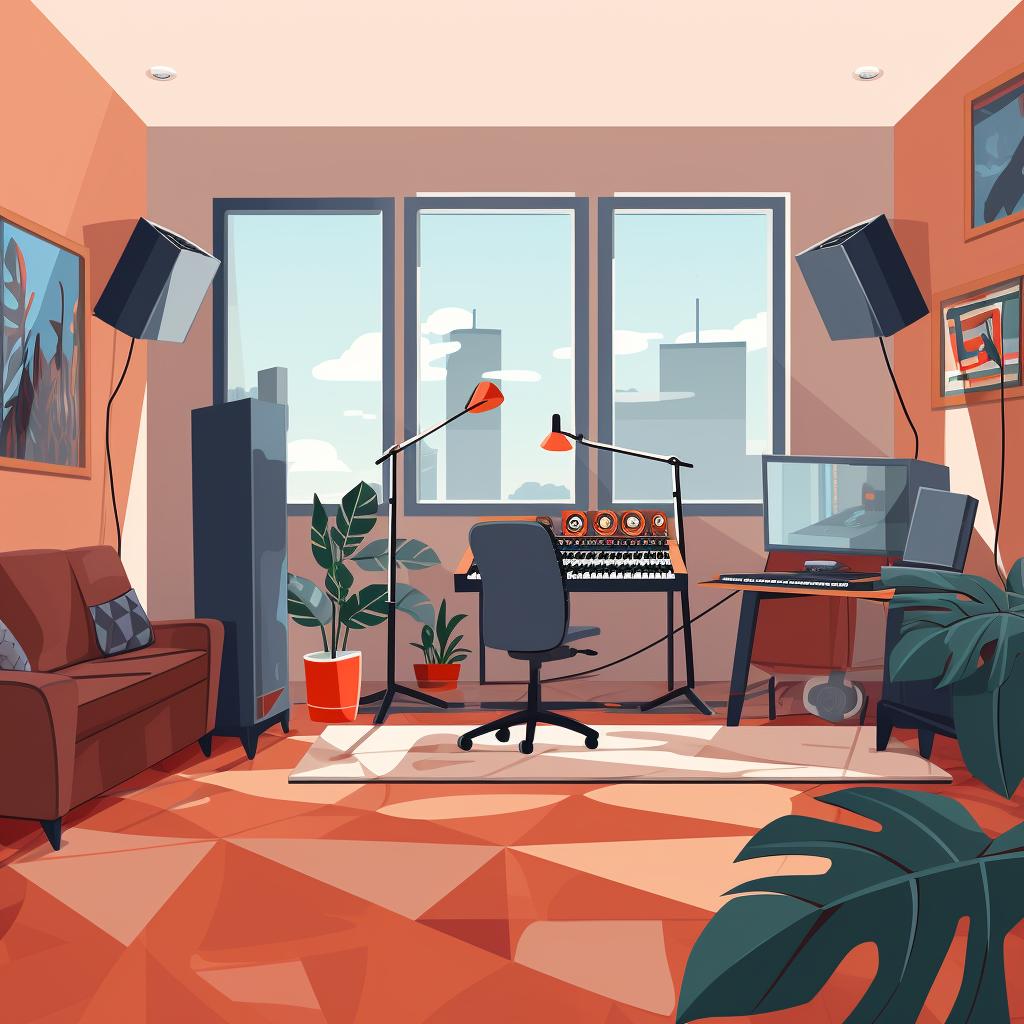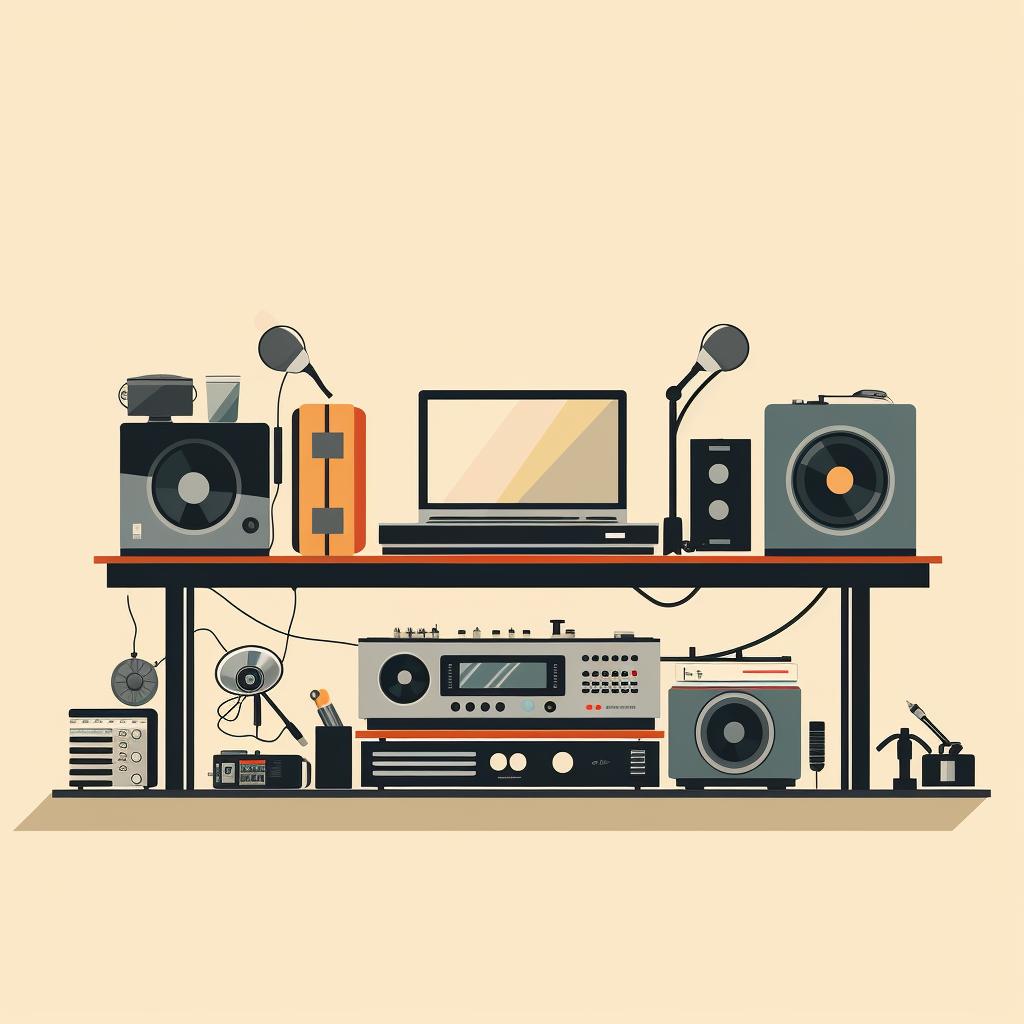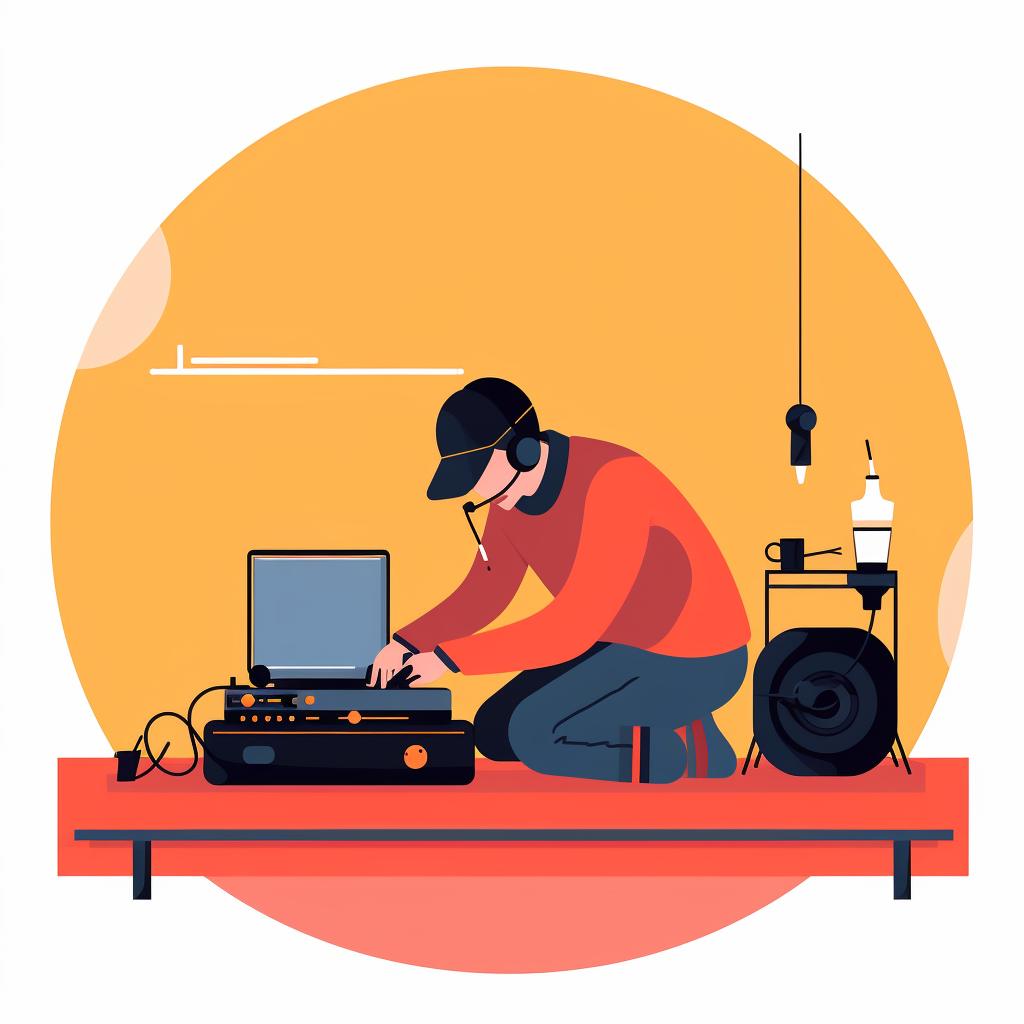🎧 Mastering Machine Noise Management in Your Home Studio
Creating a home recording studio can be an exciting venture, but it also comes with its own unique set of challenges. One of the most common issues faced by budding audio engineers and podcasters is managing machine noise. Our step-by-step guide above provides a comprehensive approach to tackling this problem. But let's delve a bit deeper into the topic.
Identifying the source of the noise is the first step towards achieving a professional studio sound quality at home. It's essential to listen carefully to your recorded audio to pinpoint any unwanted sounds. Once you've identified the culprits, you can take steps to mitigate them. For example, if your computer is creating a lot of noise, our guide on how to reduce computer noise in a home studio setup can be particularly helpful.
Investing in soundproofing is another effective way to manage machine noise. Our DIY guide to soundproofing your home studio provides practical advice on how to insulate your space to minimize unwanted noise. From soundproof curtains to insulation materials, there are numerous options available to help you create a quiet and conducive recording environment.
Choosing low noise equipment is another crucial aspect of managing machine noise. You'll need to consider everything from microphones to headphones and audio interfaces. To help you make an informed decision, we've compiled a list of essential equipment for setting up a home music studio.
Maintenance of your equipment is also key to reducing noise. Regular cleaning and servicing can ensure your gear is operating at its best, reducing the chances of unwanted noise creeping into your recordings. Lastly, consider using noise reduction software in post-production to eliminate any residual noise.
By following these steps and investing in the right tools and equipment, you can effectively manage machine noise in your home studio, ensuring your recordings are of the highest quality.


















